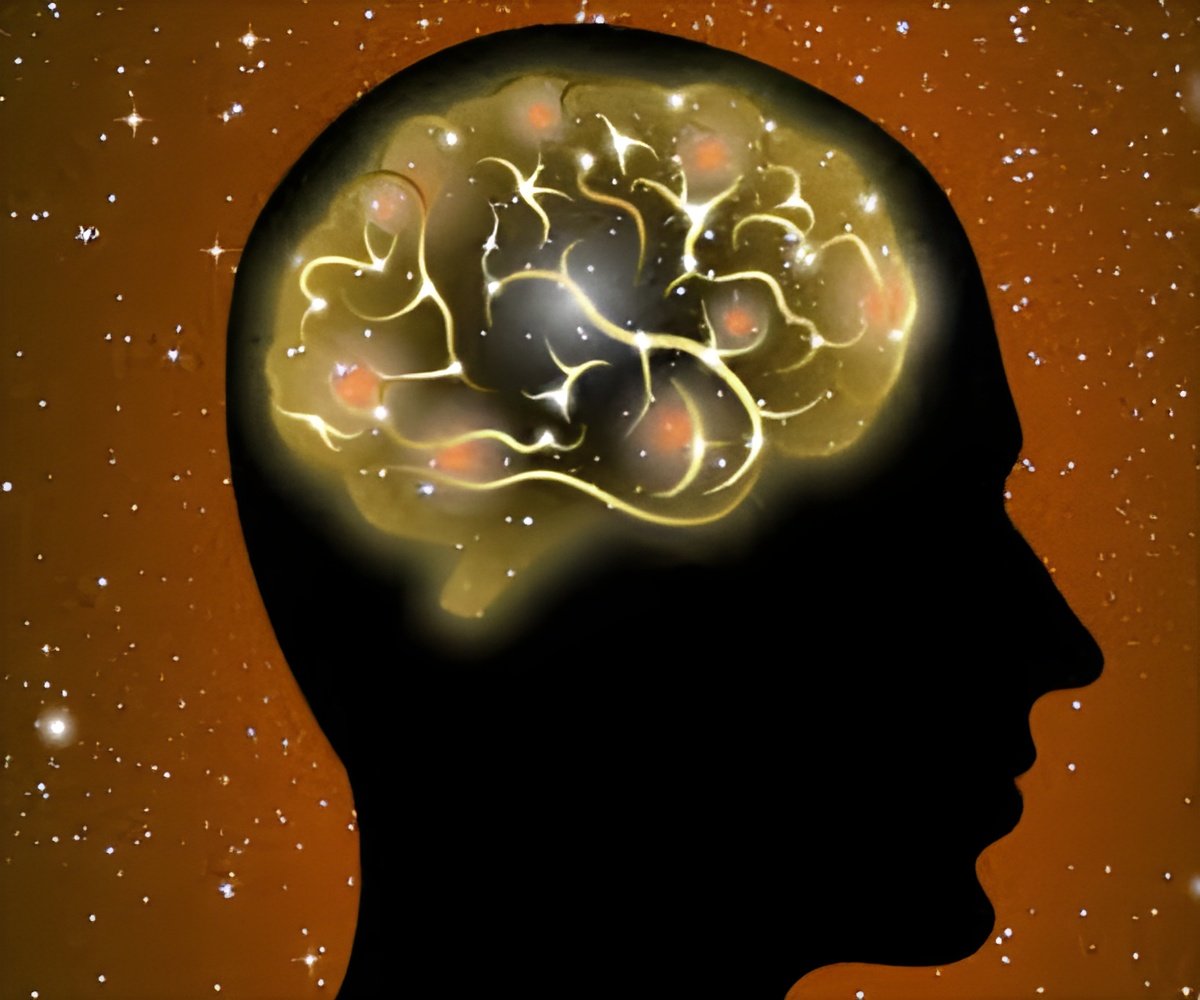
Today's new findings show that:
- Adolescents can throw impulsivity out the window when big rewards are at stake. The bigger the reward, the more thoughtful they can be, calling on important brain regions to gather and weigh evidence, and make decisions that maximize gains (BJ Casey, PhD, abstract 128.04, see attached summary).
- Rodents that receive an omega-3 fatty acid in their diets, from gestation through their early development, appear less vulnerable to depressive-like behaviors during adolescence (Christopher Butt, PhD, abstract 522.07, see attached summary).
- Depression in older adolescent boys may be associated with changes in communication between regions of the brain that process reward. At the same time, the study found possible connections between early emotional attachments — particularly with mothers — and later reward system function (Erika Forbes, PhD, abstract 128.11, see attached summary).
- Early cognitive stimulation appears to predict the thickness of parts of the human cortex in adolescence, and experiences at age four appear to have a greater impact than those at age eight (Martha Farah, PhD, abstract 908.02, see attached summary). Advertisement
- During the span of adolescence, the volume of the "social brain" — those areas that deal with understanding other people — changes substantially, with notable gender differences (Kathryn Mills, BA, abstract 128.02, see attached summary).
Advertisement












